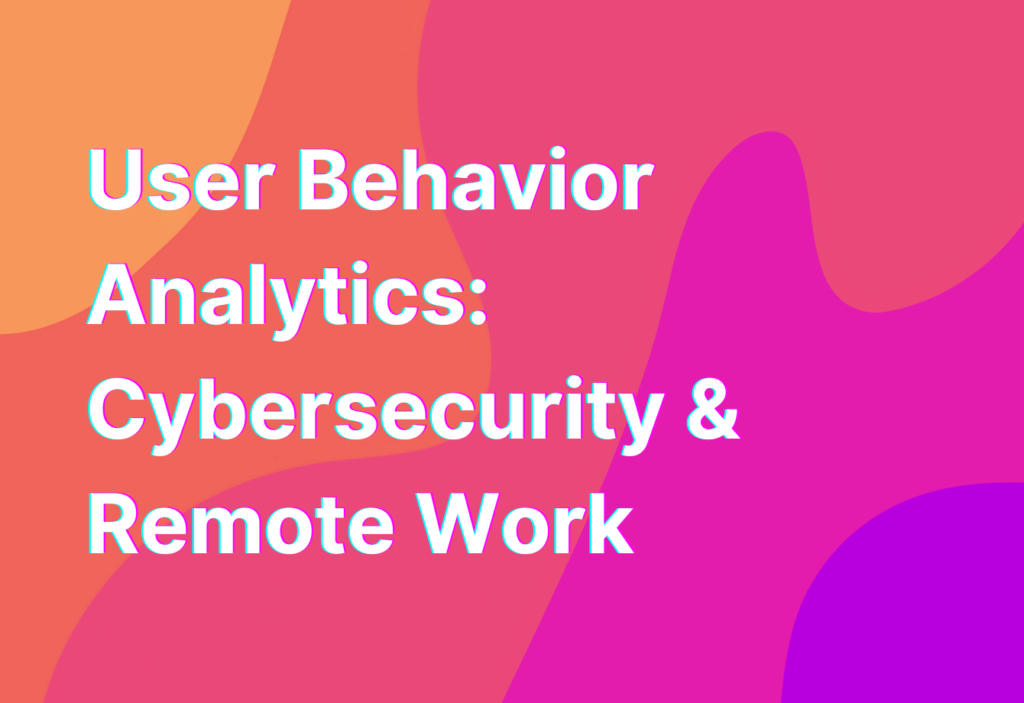User Behavior Analytics: Cybersecurity & Remote Work
Hey there, remote work enthusiasts! It’s Ashley here, your friendly remote work advocate with 10 years of experience in the tech industry. Today, I want to talk about a crucial aspect of remote work that often gets overlooked: user behavior analytics. Now, I know what you’re thinking – “User behavior analytics? That sounds complicated!” But fear not, my friends, because I’m here to break it down for you in a way that’s easy to understand.
What is User Behavior Analytics?
Before we dive into the nitty-gritty details, let’s start with the basics. User behavior analytics, or UBA for short, is a method of cybersecurity that focuses on monitoring and analyzing the behavior of users within a network or system. By tracking user activities, UBA can detect and prevent potential security threats, such as unauthorized access or data breaches.
UBA takes into account various factors, including login patterns, device usage, and application access. By analyzing these patterns and behaviors, UBA can identify anomalies and flag them as potential security risks. This proactive approach to cybersecurity is especially important in the remote work landscape, where employees are accessing company resources from various locations and devices.
The Importance of UBA in Remote Work
Now, you might be wondering why UBA is particularly relevant to remote work. Well, my friends, let me tell you – remote work introduces a whole new set of cybersecurity challenges. With employees working from home or other remote locations, the traditional security measures that were once sufficient may no longer be enough.
Remote work often involves the use of personal devices and networks, which can be more vulnerable to cyber threats. Additionally, the lack of physical oversight makes it easier for malicious actors to exploit vulnerabilities. That’s where UBA comes in. By monitoring user behavior and detecting anomalies, UBA can help organizations identify and mitigate potential security risks before they escalate.
Benefits of User Behavior Analytics
Now that we understand what UBA is and why it’s important, let’s talk about the benefits it brings to the table. Here are five key advantages of implementing user behavior analytics in your remote work setup:
- Early threat detection: UBA allows organizations to detect potential security threats at an early stage, minimizing the impact and preventing data breaches.
- Improved incident response: By analyzing user behavior, UBA provides valuable insights that can help organizations respond to security incidents more effectively.
- Reduced false positives: UBA uses advanced algorithms to differentiate between normal and abnormal user behavior, reducing the number of false positive alerts.
- Enhanced compliance: UBA helps organizations meet regulatory compliance requirements by monitoring user activities and detecting any violations.
- Increased visibility: With UBA, organizations gain a deeper understanding of user behavior, allowing them to identify patterns and trends that can improve overall security.
As you can see, user behavior analytics is a powerful tool that can significantly enhance the cybersecurity of your remote work setup. But how do you get started? Well, my friends, I’m glad you asked!
Implementing User Behavior Analytics
Implementing UBA in your remote work environment requires careful planning and consideration. Here are a few steps to get you started:
- Define your objectives: Determine what you want to achieve with UBA. Are you primarily focused on threat detection, incident response, or compliance?
- Choose the right tools: There are several UBA tools available in the market. Do your research and select a tool that aligns with your objectives and budget.
- Train your team: Educate your employees about the importance of user behavior analytics and how it contributes to the overall security of the organization.
- Monitor and analyze: Once you have implemented UBA, regularly monitor and analyze user behavior to identify any anomalies or potential security risks.
- Take action: When UBA detects a potential threat, take immediate action to mitigate the risk and prevent any further damage.
By following these steps, you can effectively leverage user behavior analytics to enhance the cybersecurity of your remote work setup. Remember, my friends, proactive measures are key when it comes to protecting your organization from cyber threats.
Wrapping Up
Well, folks, we’ve reached the end of our user behavior analytics journey. I hope you found this article informative and engaging. User behavior analytics is a powerful tool that can significantly enhance the cybersecurity of your remote work setup. By monitoring and analyzing user behavior, organizations can detect and prevent potential security threats before they escalate.
If you want to learn more about vulnerability management in the context of remote work, be sure to check out this link. It’s a great resource that dives deeper into the topic and provides valuable insights.
Until next time, stay safe and keep embracing the wonders of remote work!


